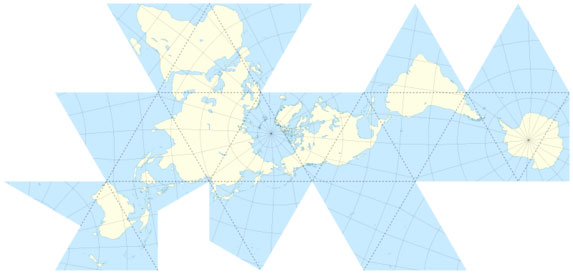MASTER CLASS, 3—7 JANUARY 2011, BERLAGE INSTITUTE
A WONDERFUL WORLD
Wiel Arets
This one-week master class, led by Wiel Arets and to take place from Monday, 3 January to Friday, 7 January 2011, will focus on the Netherlands during this master class. We will rethink the proposition of living in a metropolis, and living in a high-rise building, which is not common right now. We will concentrate on how to develop new living conditions in a city of the Netherlands, within the proposition of 2085, since this is only seventy-five years from now.
We will do research on the high-rise building, which you will have to design, and how this high rise will be developed. How will a community within a hybrid project live their lives? To understand the world we are living in at this moment, we have to redefine the “Map of the World,” a mental construct which at least since 1492 has undergone many reinterpretations. We could read the World anno 2020 as a collective living space for all of us, in which all the continents are in reach within 288 minutes, and the maximum travel distance at each continent will be 72 minutes, the time in which every city on each continent will be able to be reached. During the master class, “The Globe” will be our territory, the continents are our daily living space, and the metropolitan three-dimensional city our home surrounded by an untouched green/blue environment.
The basic question to be put forward is: How will the city develop within our extremely exciting, complex, but shrinking world? This problem was not solved during the twentieth century, although an important attempt was made to think about an “International Style,” an idea that people all over would be able to live their lives within one ideological construct. What will be the strategy for the contemporary city and who will challenge this development? We have to radically change our perception of what is a city; we have to find a new definition and even a new word for what we call “the city” or the “metropolis,” a name that was coined in the early twentieth century. During the second part of the twentieth century, the rediscovery of the traditional city was the focus of attention; we can refer to Aldo Rossi’s book L’Archittectura della Citta. Parallel to this revival Rem Koolhaas wrote Delirious New York in which suddenly the research of this metropolis was undertaken with the courage of a journalist who was making notes since he had the ambition to write the script for a movie in which this metropolis was seen as a “living organism.” During the last decade—the first of the twenty-first century however, some people have been speaking about the virtual city; of course this does exist. Parallel to this, Dubai showed us that a dream could be realized like Brasilia in the 1950s.
But just as the phone operates together with the computer and the e-mail to communicate, the new city, the city to come is more complex than the city as we know it so far, because our culture is simply much more complex as well. New infrastructural devices have to be developed. Perhaps the virtual realm will help the city to get a new identity, in which our constantly changing world is meeting instability. The way the World is dealing with Financial Issues and the role/position of the Bank, Property-ownership and the playground for developers and entrepreneurs are not anymore bound to one city; they relate by stock exchange and the international property development as a global issue. We would like to speak in this respect about the city to come, the city we experience in a dreamlike condition; the un-sensational, the unthought, the unenvironment, the seemingly uncomplex perception of a new reality. Our contemporary civilization is based on imperfect systems, on uncertainties, and is much more adaptable and flexible; but risk is an issue which is not anymore related to one person or institution. We have to rethink the “New Map of the World” during this master class.
